Notes on identifying Wheeler & Wilson 'curved needle' machines
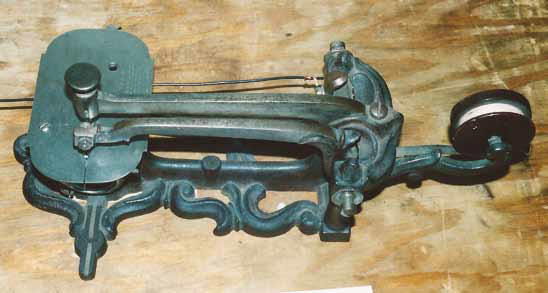
Figure 1. Early production form of A. B. Wilson's patent machine (1852)
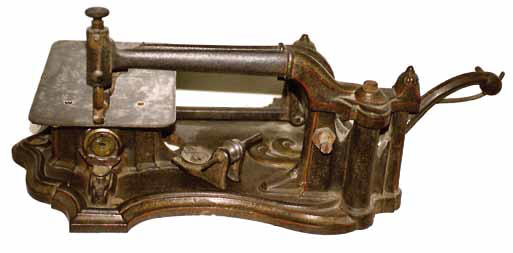
Fig. 2. mid 1850's version of the Wheeler & Wilson machine
The early Wheeler & Wilson machines used a curved needle on the end of a vibrating lever and a rotary hook which took the loop of thread around a thin 'disc' bobbin of under thread. A. B. Wilson's original form of the early-to-mid 1850s (Figures 1 and 2) soon evolved into a standard treadle machine which remained in production until the end of the firm's existence.
In fact, Singer kept it in production until the 1920s, as some manufacturers still thought it ideal for light fabrics.
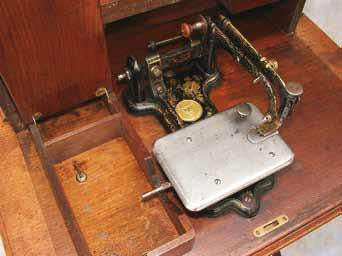
Fig. 4: the 'waisted' base casting
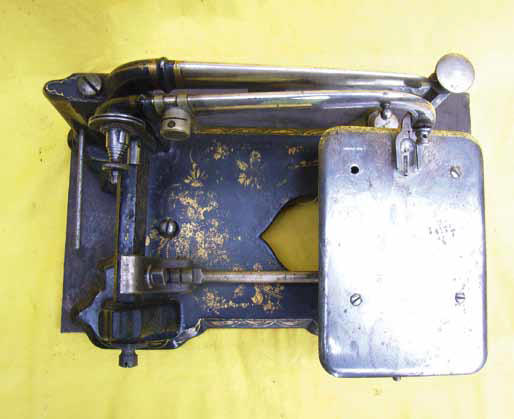
Fig. 3. the 'slab' base casting
The classification of these 'curved needle' machines seems to have changed over the years. They were sold both as domestic machines and for manufacturing where they were popular for shirt making and similar lightweight tasks. The machines come in three forms of base casting, all with the same important dimensions, needles and bobbins.
First is the flat 'slab' base casting (Figure 3) in the 1860s and 1870s.
Second is the slightly lighter, 'waisted' base with a narrow section which appears in the 1860s and carries on to about 1880 (Figure 4).
Lastly, there is the 'box' base which is a much deeper base to hide the rod operating the needle bar. This form was used from 1878 onwards and became the Singer 1W1 (Fig. 5) after 1905. The brass medallion on the base seems to have first appeared around 1870.
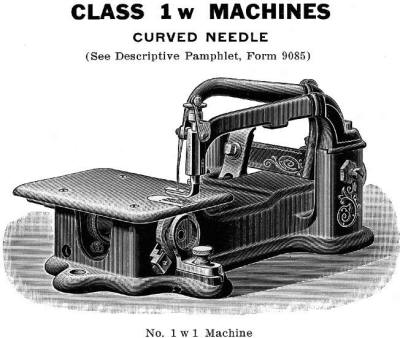
Fig. 5: the 'box' base casting as the Singer 1W1 (1908 catalogue).
The company reorganised its numbering system in 1876 with the introduction of the 'No. 8'. so serial numbers can only be used up to that date.
A Smithsonian catalogue of Wheeler & Wilson 'curved needle' machines in 1866 gives them model numbers, 1 to 5:
- Curved needle machine with bright parts silver plated and beautifully ornamented (Fig. 6).
- Curved needle machine with bright parts bronzed.
- Plain curved needle machine, painted (Fig. 7).
- Large curved needle machine for heavy work (it looks the same in the woodcut but may have a more robust feed mechanism and was for manufacturing use).
- Cylinder, or free arm, machine (Fig. 8).

Fig. 6. No. 1 machine with silver plated bright parts. Here, with a 'slab' base machine as a hand version.
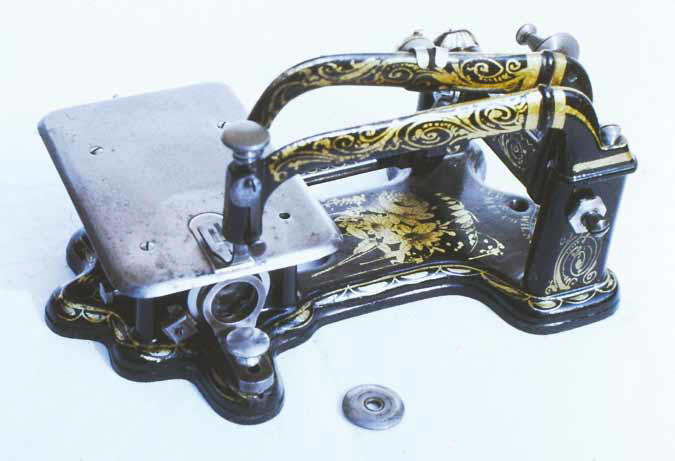
Fig. 7: a No. 3 machine, plain painted arms and a waisted base casting
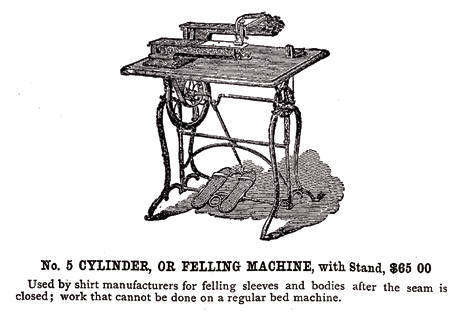
Fig. 8. woodcut of No. 5 cylinder machine from the 1889 catalogue
All versions of the machines were available on a plain walnut or mahogany table and cast iron treadle, or a "Half Case" (Figure 9) on a cast iron treadle. In addition there were several styles of "Full Case" options in a variety of woods (Figure 10) for the domestic market. There was also a hand version for the European market. This model is rare and awkward to use, with the clothplate well above the table top.
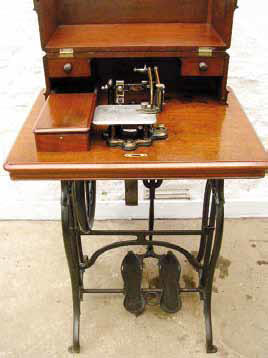
Fig. 9. "Half Case" machine on cast iron treadle
This system of giving different model numbers to the same machine in different finishes is confusing and makes classification difficult. Coupled with the changes in numbering, labelling is difficult today, 150 years on.
After 1876, all curved needle domestic machines seem to have been called the 'No.1'. For manufacturing, a stronger presser foot assembly was introduced in 1878 as the 'No. 1A'
There is also the 'New No. 4' with heavier presser foot assembly and altered drive to use a straight needle (Figure 11).
In England, and possibly other countries, Wheeler & Wilson would also supply the machine head and other parts so that a customer could commission their own fancy cabinet for their machine from their local cabinetmaker.
Several very elaborate cabinets, complete with the maker's brass plate, have survived in collections. This habit extended to manufacturers other than Wheeler & Wilson with fancy cabinets for W&W 'curved needle' clones, and also for Howe and Singer 12 clones.

Fig. 10: Plain, Wheeler & Wilson, "Full Cabinet" version (No. 3 machine with 'waisted' base)
It is remarkable that such an early machine had such a long production life. Fifteen years after Singer launched launched their 'New Family' class 12 machine there was still a domestic market for the curved needle Wheeler & Wilson. The machine takes some getting used to, feeding from left to right, but, if you had used one for years, changing to a more conventional machine might have frightened some. The cup-and-cone bearings for the needle bar require adjustment occasionally but are easy to adjust. With no parts to oil above the clothplate, patches of oil on the completed sewing would be mush less frequent than on rival machines,- a real problem in the early days.
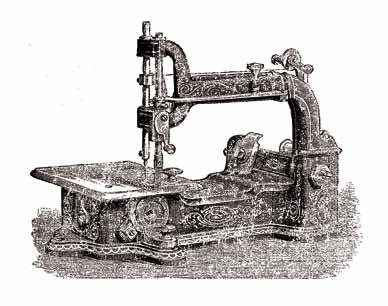
Fig. 11: the 'New No. 4' for manufacturing. (1878)






